We may receive a portion of sales if you purchase a product through a link in this article.
Warning: if you’re not prepared to be massively inspired to take up a weekend project, turn away now. Nothing gets me to Home Depot faster than an image of a pretty outdoor space popping up on my Pinterest. I can’t be the only one with a backyard design trends board, right? And, better or worse for you, I’m about to bombard your eyes with beautiful, simple backyard landscaping ideas that will put a shovel in your (or your unassuming partner’s) hand in no time.
When it comes to creating an outdoor space you’ll actually use (and love), it’s all about thoughtful design that blends form with function. Whether you have a sprawling lawn or a cozy patio, the right backyard landscaping ideas can completely transform how you entertain and unwind.
If you’re starting from scratch, backyard design is a huge undertaking—mentally, physically, and financially. Just take it from Camille, recalling her backyard plans: “Typically, we tackle one big project a year, and after 12 years of living here, our home is so much closer to our ultimate vision. Though I doubt we’ll ever really be finished.”
Tour Camille’s Backyard below!
However, no matter what type of space you’re working with, there are steps you can take right now (as in, this weekend) toward designing your dream backyard. Plus, there are ways to tackle your backyard landscaping on a budget, trust me! This leads me to an obvious step number one: You must first answer the question, “What is my dream backyard?”
- A Formula to Determine Your Dream Backyard
- Backyard Landscaping Ideas for Small Spaces
- Budget-Friendly Backyard Upgrades
- Low-Maintenance Backyard Landscaping Ideas
- DIY Projects to Transform Your Backyard
- Must-Have Plants and Greenery for Your Yard
- Outdoor Entertaining Essentials
- 2025 Design Trends We're Loving
A Formula to Determine Your Dream Backyard
Here’s how to do it. First, name your top three needs. How should your backyard serve you? For example:
- Do you want a space that’s ready for hosting at all times?
- Do you want to grow your own flowers or build a vegetable garden?
- Do you need a big green lawn for kids and pets to play?
- Is there a patio that needs tending?
- Do you want to grill or cook outside?
Next, name your top three wants.
- How do you want your backyard to make you feel? Relaxed, inspired, motivated, at peace, etc.
- Are there any design styles you want to lean into? Curated, overgrown, Mediterranean, desert-inspired, etc.
After some soul searching, you might come up with something like this: I need my backyard to serve my family by offering a safe and inviting place for my kids to play, an inspiring area to relax and enjoy a meal, and a cozy seating area for morning coffees outside. I want my backyard to lean into European vibes with native plants and vintage (yet sturdy) pieces so it feels like an outdoor oasis when I step outside.
Now that you’ve determined your dream space, it’s time to get started. Ahead, I’m sharing a round-up of backyard landscaping ideas to make it happen. Filter each one through your parameters and have that shovel at the ready—inspiration abounds.

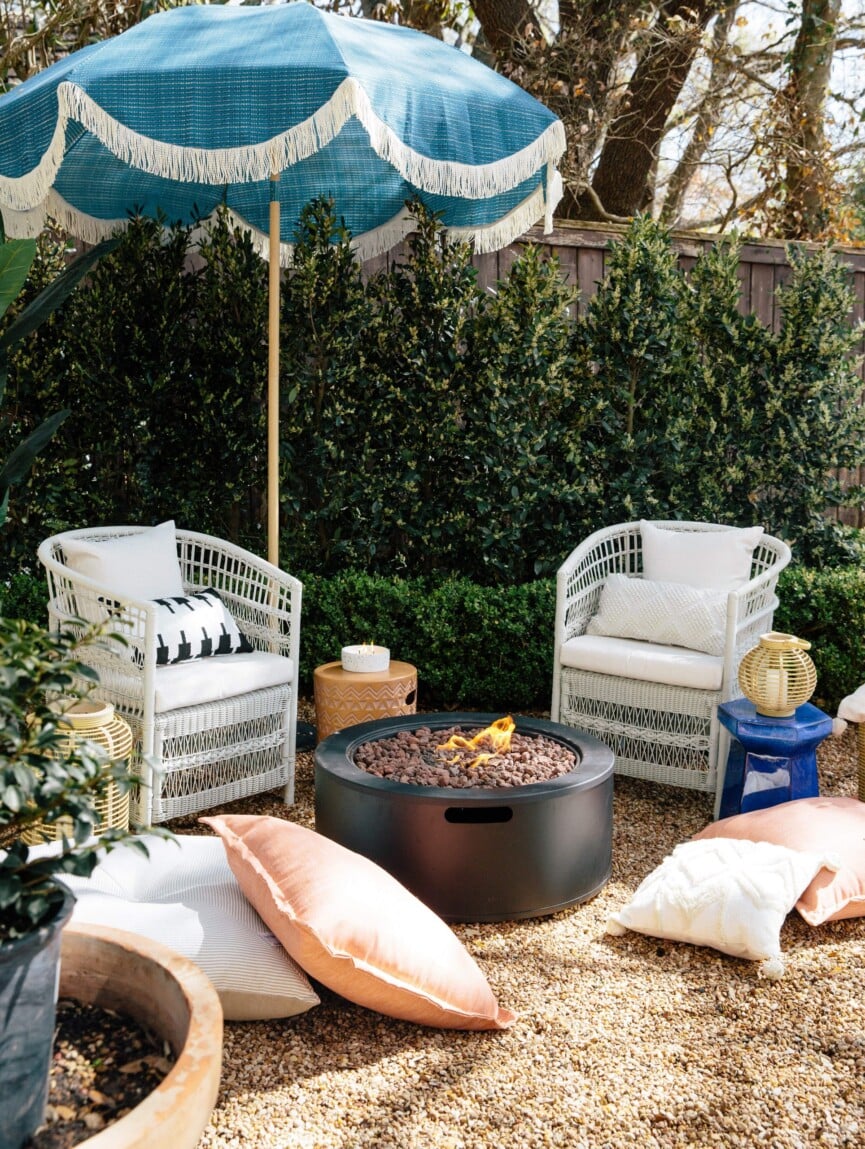
Backyard Landscaping Ideas for Small Spaces
Even if you have the tiniest backyard, don’t let that stop you from creating something special. You can do a lot with just a little bit of space. Focus on creating defined zones—a small bistro table for morning coffee, a raised bed for herbs, or a cozy bench for reading. Use vertical space to your advantage with climbing plants, wall planters, or a trellis for greenery. Choose compact, multi-functional furniture and stick to a tight color palette to keep the area feeling cohesive and calm. Even if you have a small balcony or deck off an apartment, an outdoor rug paired with a small table and chairs is enough to turn your morning ritual into an outdoor dream.
Small Space Backyard Essentials
Casa Zuma x Häti Home
Casa Zuma x Häti Home

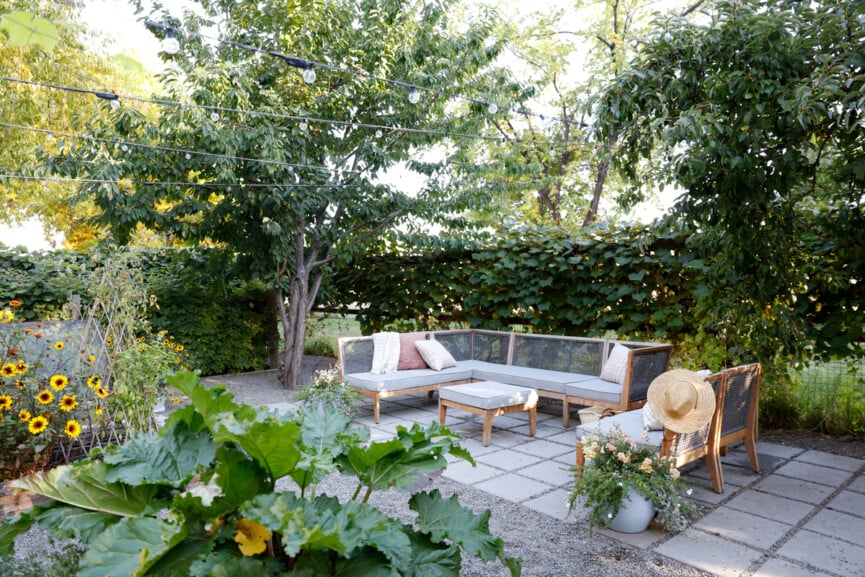
See more from the Grit and Polish’s family-friendly backyard.
Budget-Friendly Backyard Upgrades
A beautiful backyard doesn’t have to break the bank. Sometimes, all it takes is a fresh layer of mulch, new string lights, or a fresh outdoor throw pillow to make your space feel brand new. Focus on upgrades that bring both function and beauty—a small fire pit or a projector for outdoor movie night, perhaps.
Adding plants is one of the easiest, most affordable ways to elevate your yard: Look for native species that thrive with minimal maintenance. And don’t underestimate the power of a pressure wash—giving your patio or deck a deep clean can make everything feel refreshed. When working with a budget, prioritize simple backyard landscaping ideas that make your space even more inviting.

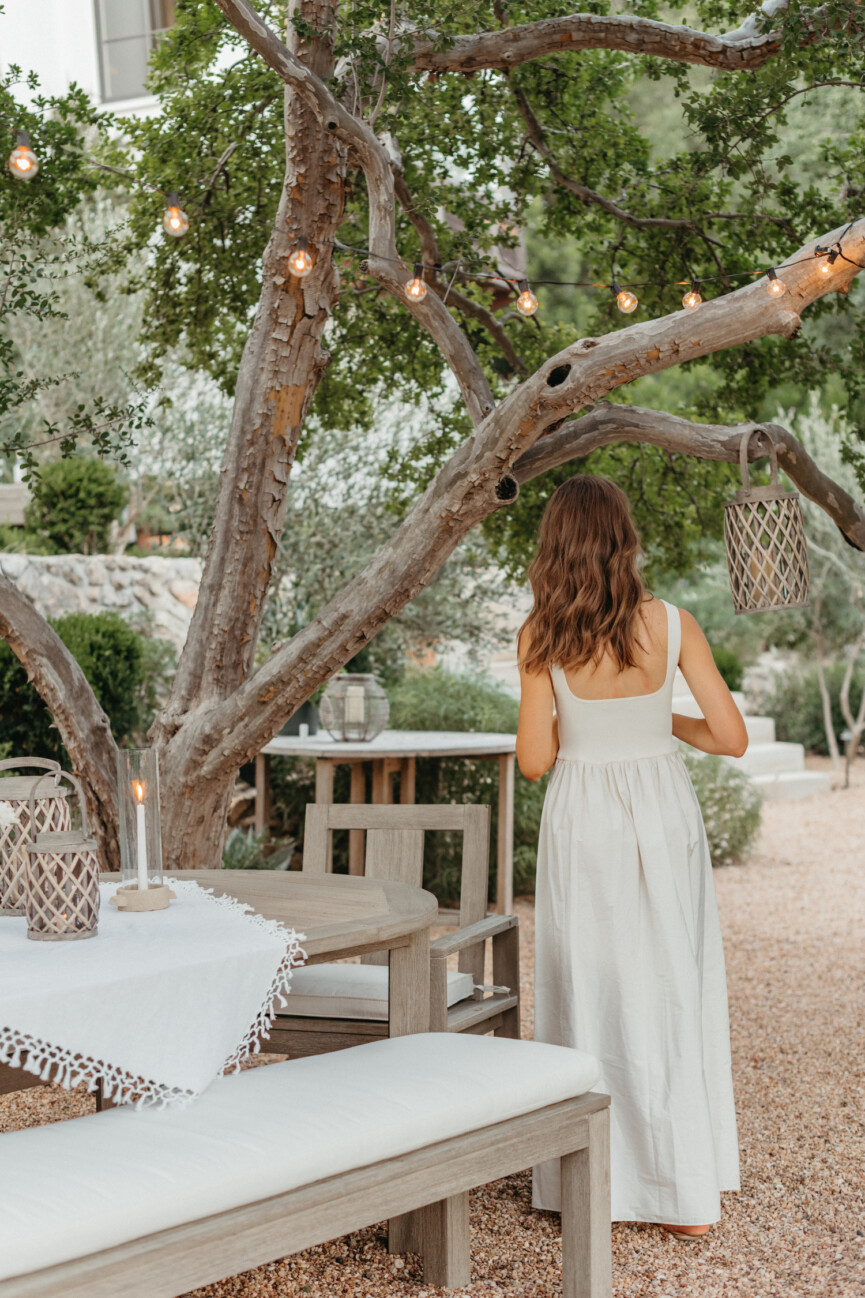
Low-Maintenance Backyard Landscaping Ideas
For those who crave a beautiful outdoor space without the upkeep, low-maintenance landscaping is the ultimate win. Start by choosing drought-tolerant plants that thrive in your region (this means they will require less upkeep!). Consider hardscaping—gravel pathways, stone patios, or concrete planters—to add structure with minimal care. If you love the look of a lush lawn but not the work, consider artificial turf or no-mow grass varieties. Drip irrigation systems and smart sprinklers also make watering hands-off. And for style with simplicity, limit your plant palette and go for bold repetition—it’s easier to maintain and more visually impactful.

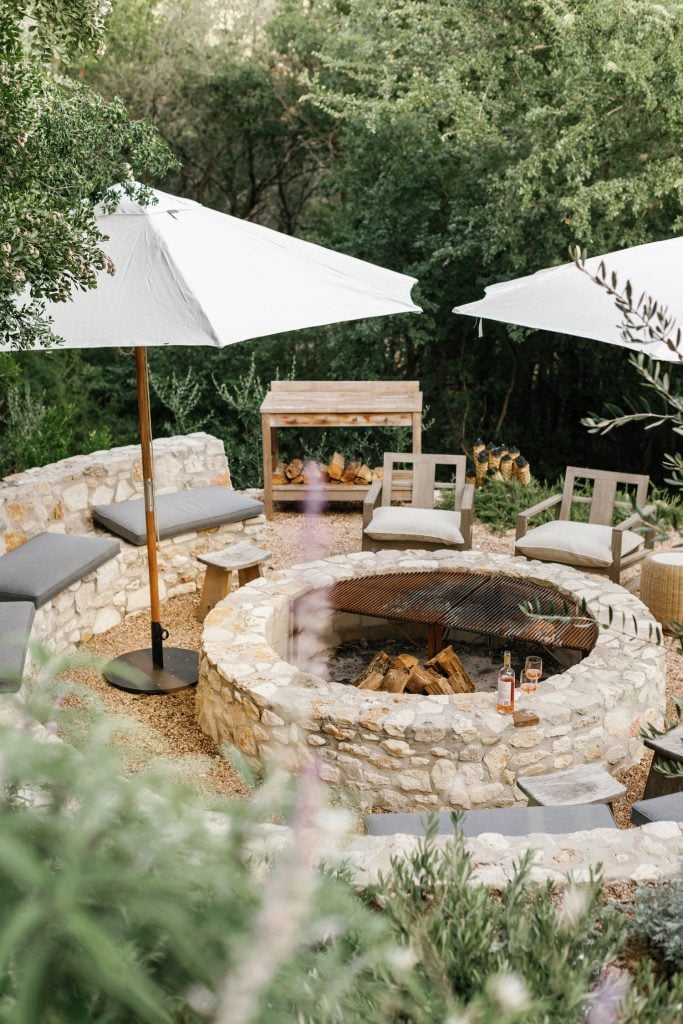
DIY Projects to Transform Your Backyard
A few weekend projects can totally reimagine your backyard—no contractor required. I’ve put together a few DIY backyard landscaping ideas, check them out below!
- Build a DIY raised garden bed for veggies and herbs. Pro tip: choose an area of the yard that gets plenty of sun and consider installing drip irrigation. You can put them on a timer so that your garden gets watered both regularly and at the optimal time of day!
- Put up a shed (future reading nook, meditation hideaway or hobby space? What a dream!)
- Install a vertical garden for a wall of greenery.
- Use pallet wood to create a DIY bar for happy hour.
- Hang string lights or install lantern posts.
- Install a fire pit. From wood-fired pizzas in spring to s’mores in the fall, it’s just hard to beat the ambiance.
Not only are these projects budget-friendly, but they also make your space feel custom and personal—just the kind of place you’ll want to spend all season.

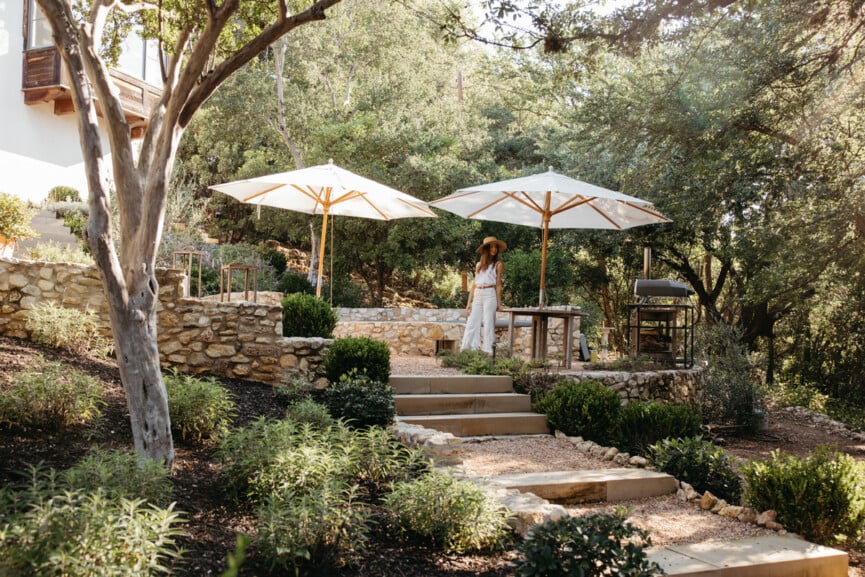
Must-Have Plants and Greenery for Your Yard
If your list of DIY backyard upgrades includes plants and an herb garden, you’re definitely in the right place. The best backyard greenery is the kind that thrives with your lifestyle and climate—making your outdoor space a lush, personal retreat. First, find out what zone you’re in and then plant accordingly. Sure, you may want to plant all the Mediterranean plants like olives, lemons, and bougainvillea, but it’s risky to make those investments. Try buying the smaller versions of these plants you simply cannot deny so you can cover them if it freezes—and know you might lose a percentage of them each winter. When in doubt, head to your local nursery and chat up the pros there—they will for sure know the best types of backyard plants for your area!
If you don’t want to hire a landscape designer, or gardening just feels like a lot, an easy place to begin is decorating with pots. Potted plants like succulents, greenery, or perennials can also bring your yard to life. And—bonus!—it’s something you actually can do in only a weekend.

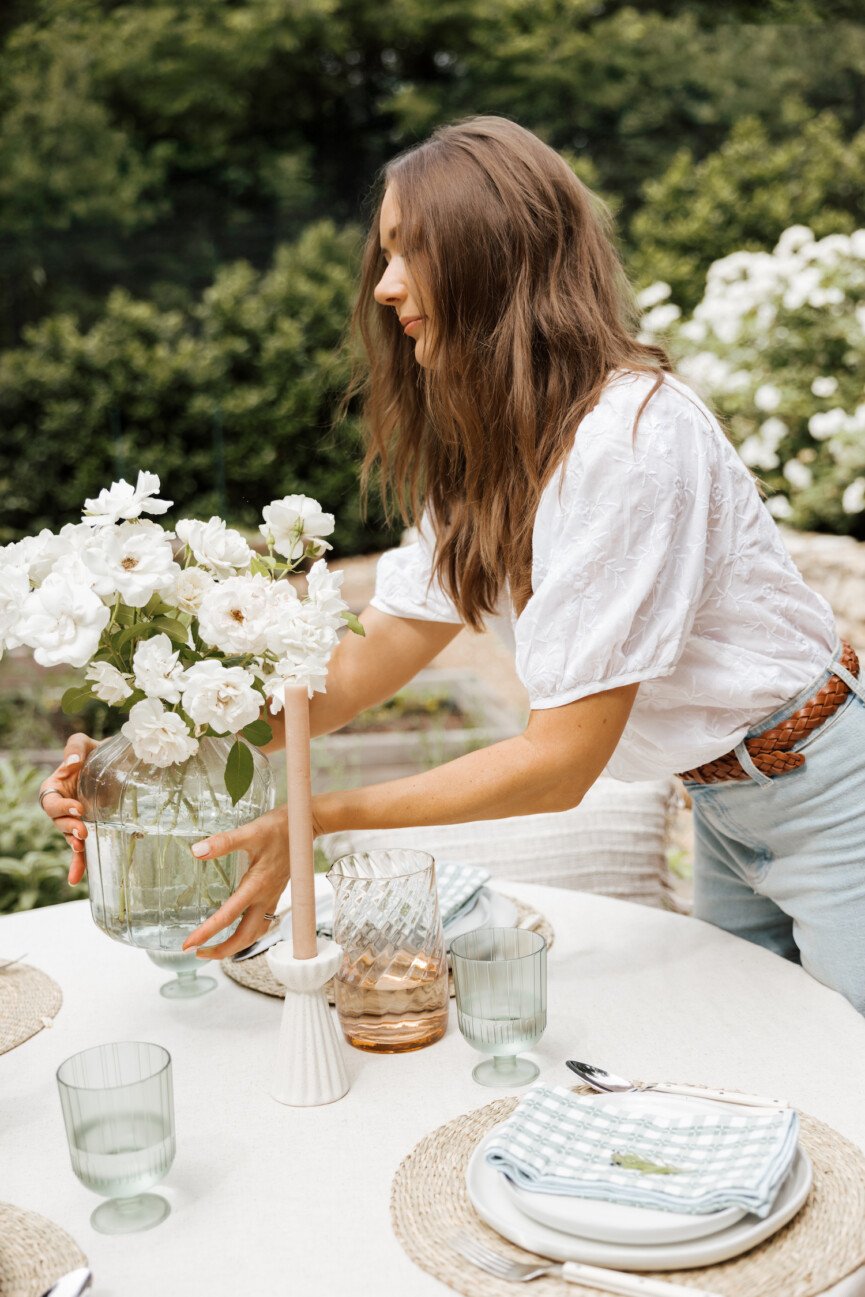
Outdoor Entertaining Essentials
Entertaining al fresco is one of summer’s greatest joys. Why not transform your backyard into an outdoor entertaining space? First things first, if your yard doesn’t come with a topiary of trees (and perhaps even if it does), shade is crucial for optimal enjoyment. Consider a pergola or set up an outdoor umbrella for when you need a reprieve from the sun. But keep those sunny areas, too—especially if you’re considering a garden at any point.
A serving station or bar cart makes it easy to serve drinks and snacks, while layered textiles—think cushions, throws, and rugs—add comfort and style to seating areas. Lighting is the secret weapon for cozy spaces, and that includes backyards too! Lanterns, candles, or solar-powered string lights will keep the party going after sunset. And of course, the best backyard gatherings are fun and relaxed, so be prepared with a few outdoor activities and ideas to keep the backyard convo flowing. Whether it’s a pizza night, a wine and cheese evening, or a festive taco spread, the goal with summer hosting is always good company and good vibes. Cheers!
Shop Outdoor Entertaining Essentials
Casa Zuma x Häti Home
Casa Zuma
Casa Zuma

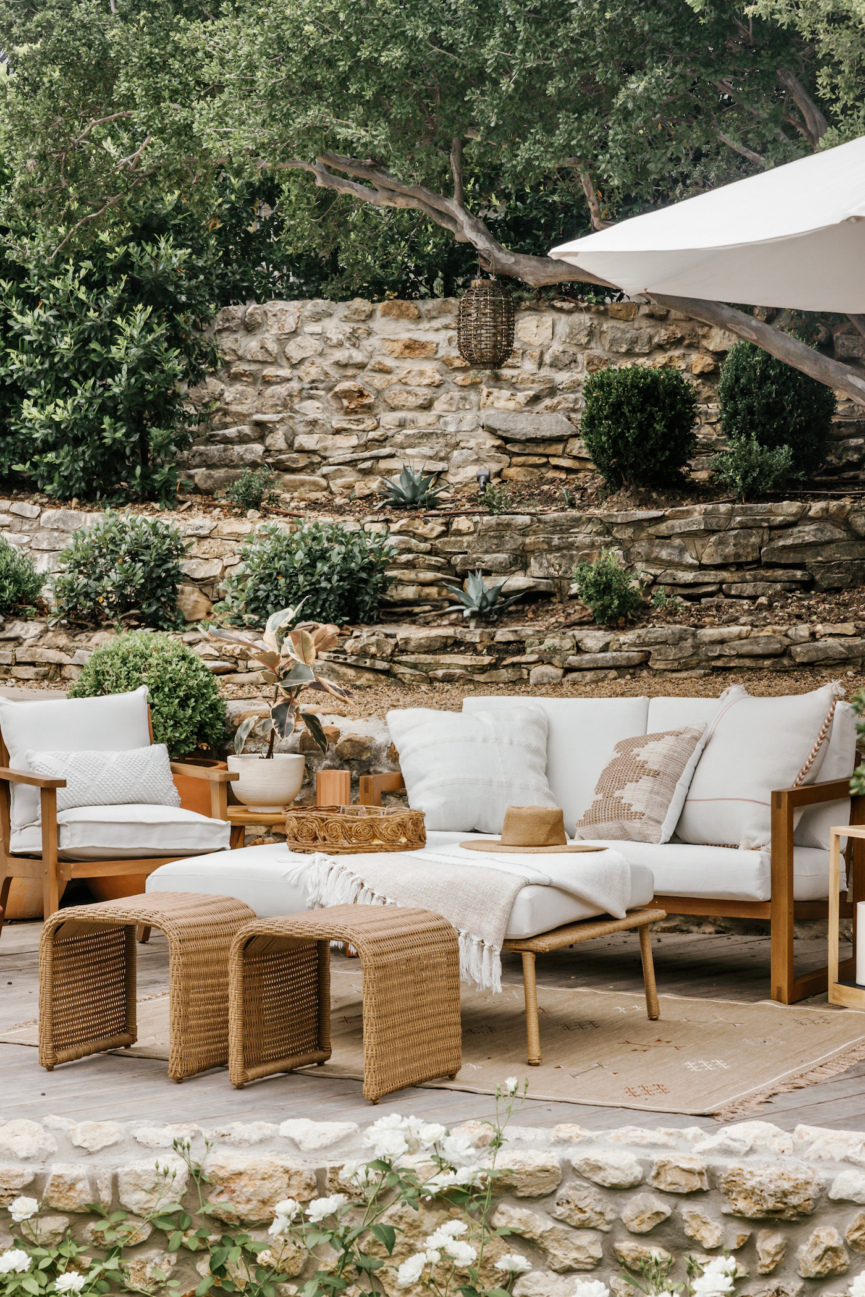
2025 Design Trends We’re Loving
This year’s outdoor living trends are all about turning your outdoor area into a space you love to spend time in—morning, noon, or golden hour. The lines continue to blur between indoor and outdoor living, and we’re here for it! The focus is on creating a backyard that feels as intentional and inviting as your interiors. Here are just a few modern backyard design trends we’re loving.
- Plunge pools: perfect for small spaces!
- Native landscaping: We’re shifting away from fussy, overcomplicated landscaping and moving towards a more natural approach.
- Outdoor kitchens: ideal for BBQs and summer dinner parties.
- Fire pits with built-in seating: S’mores anyone?
- Warm neutrals: The popular interior color story is trending in outdoor living spaces too!
To see some of these ideas in action, take a tour through Camille’s own space as she shares her favorite backyard landscaping ideas:
This post was last updated on May 30, 2025 to include new insights.


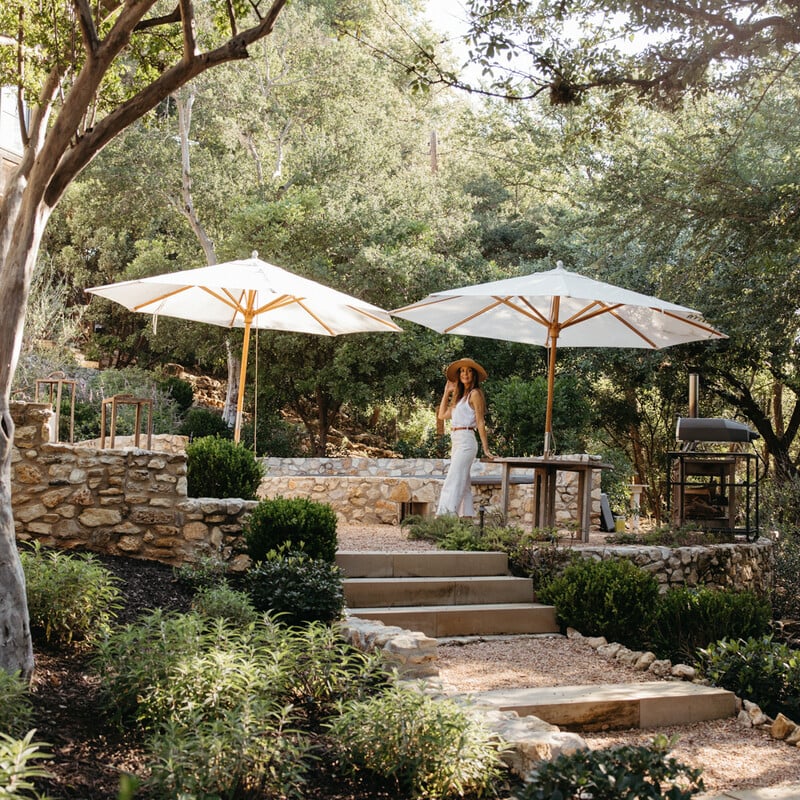



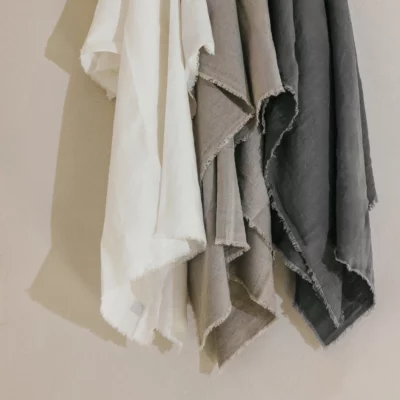
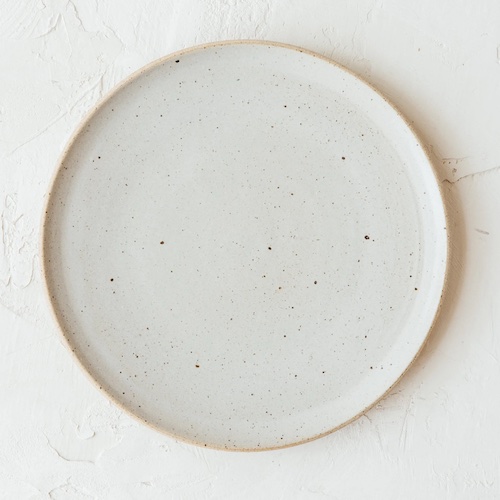
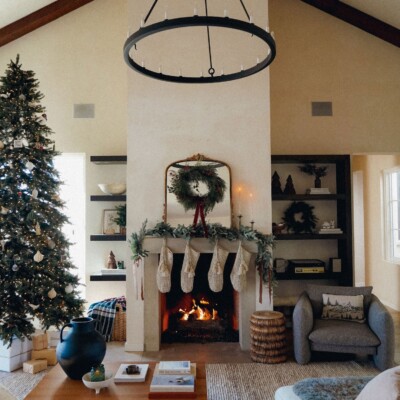

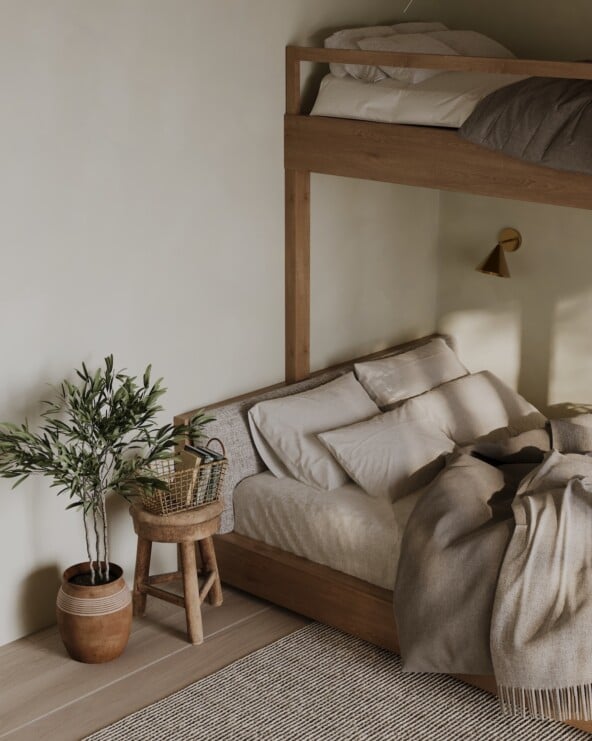
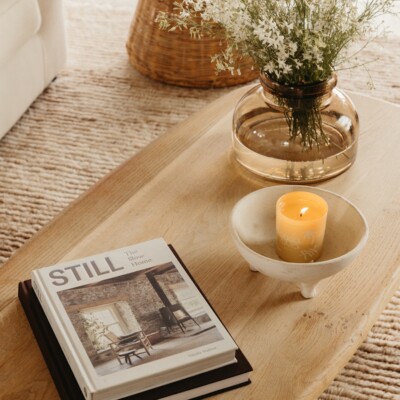
I really enjoyed my tour. Also I found some inspiration from your backyard projects. I live on the big island of Hawaii and our home is an intimate farm where we grow our own food, keep chickens and enjoy our dog. I also get deep pleasure from your salad and soup recipes. We have only had this location since October so this year is the one of maximum work putting in all the foundational aspects to grow our heirloom seeds successfully. Please keep your emails coming because they are a joy to read and sometimes utilize.